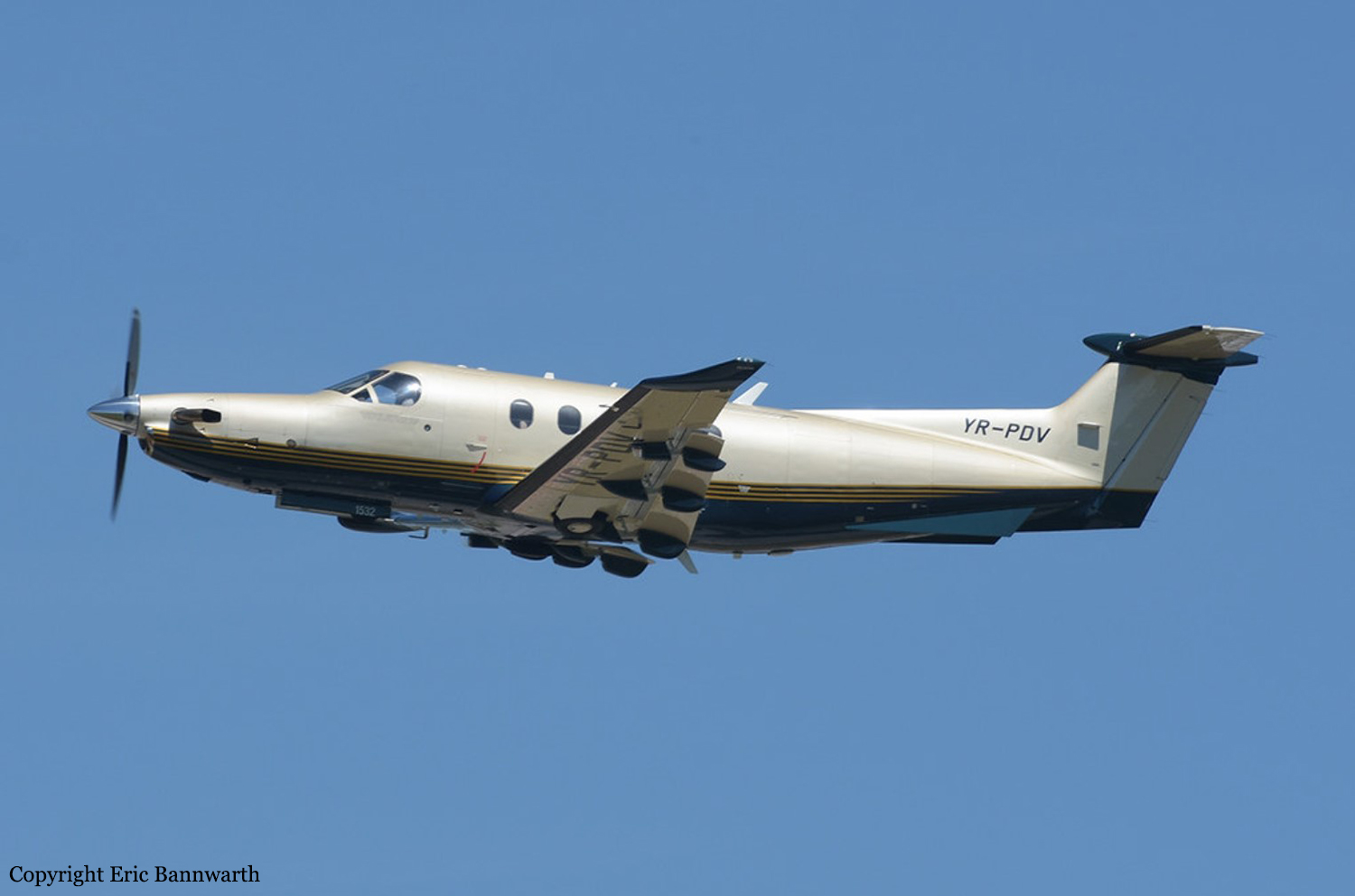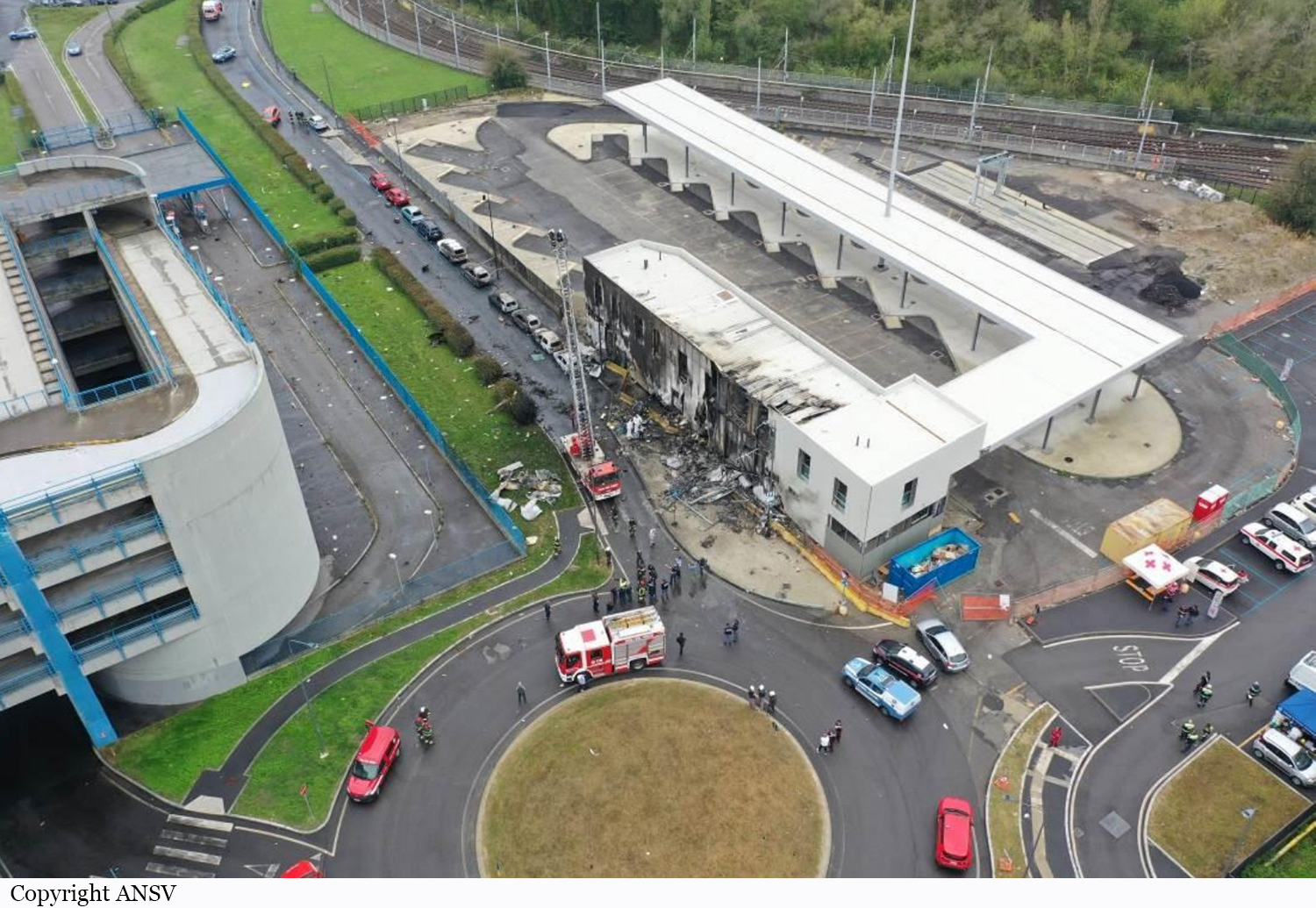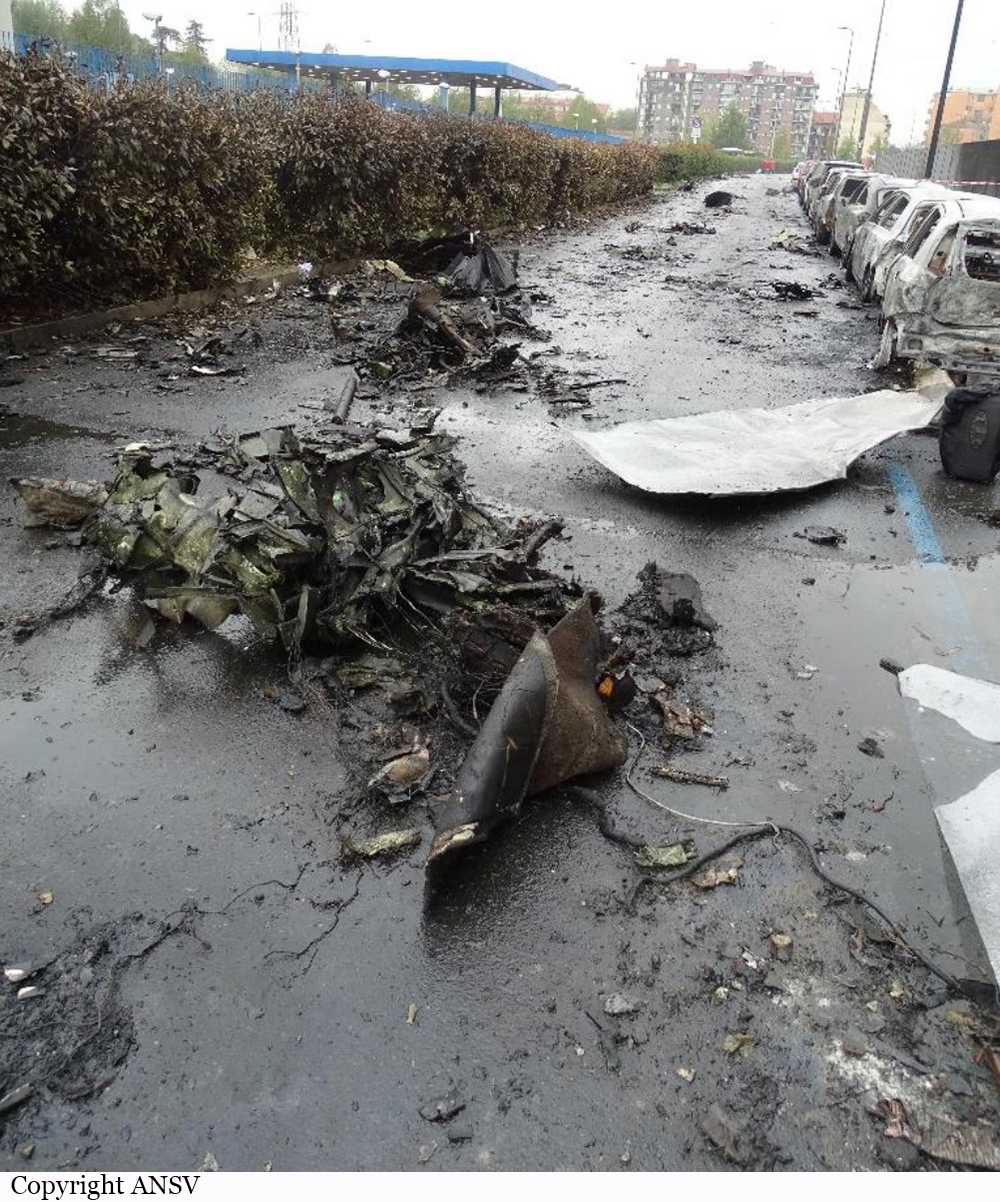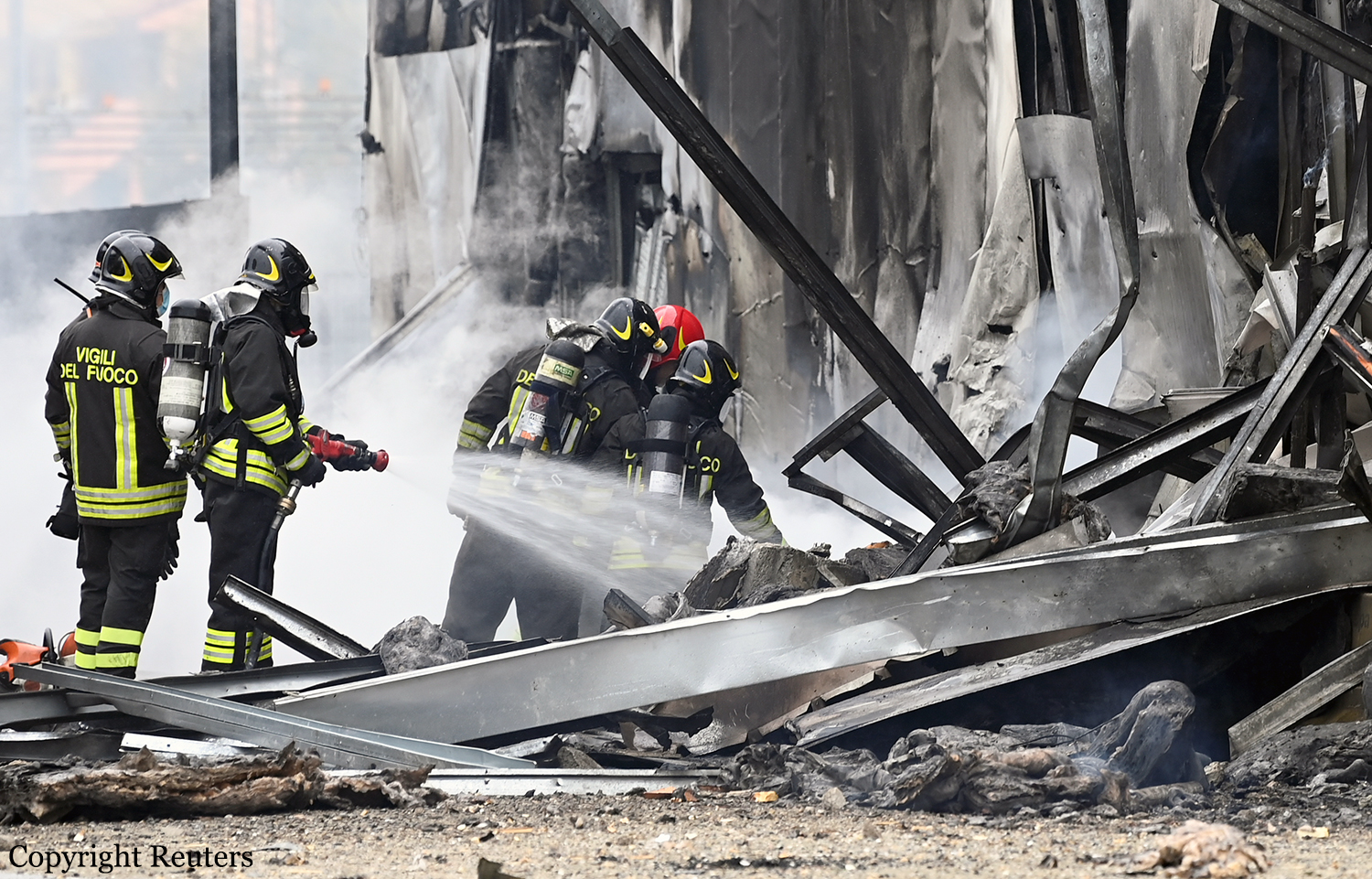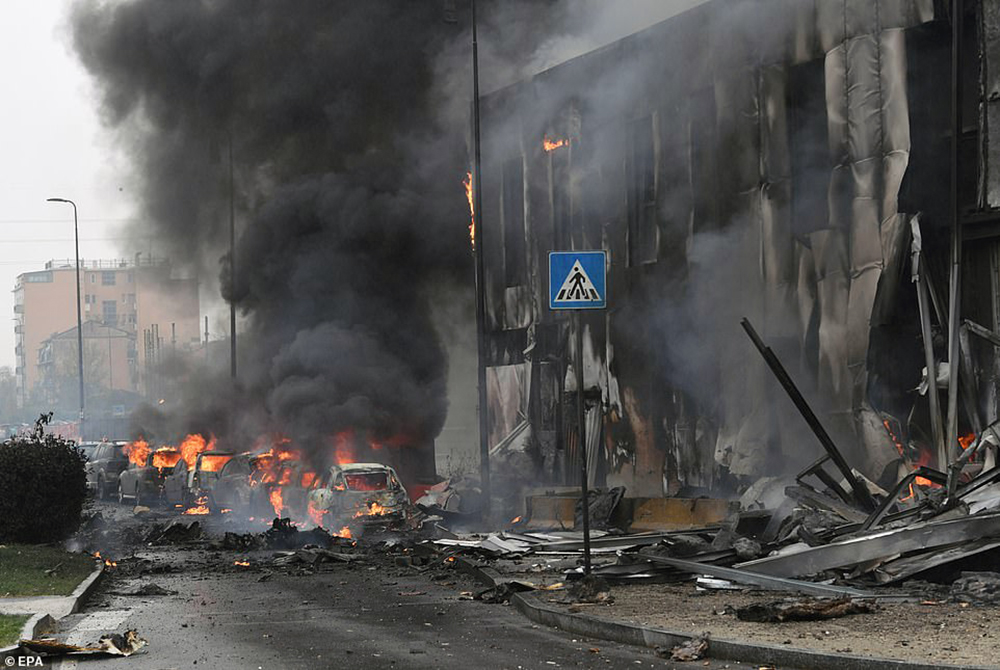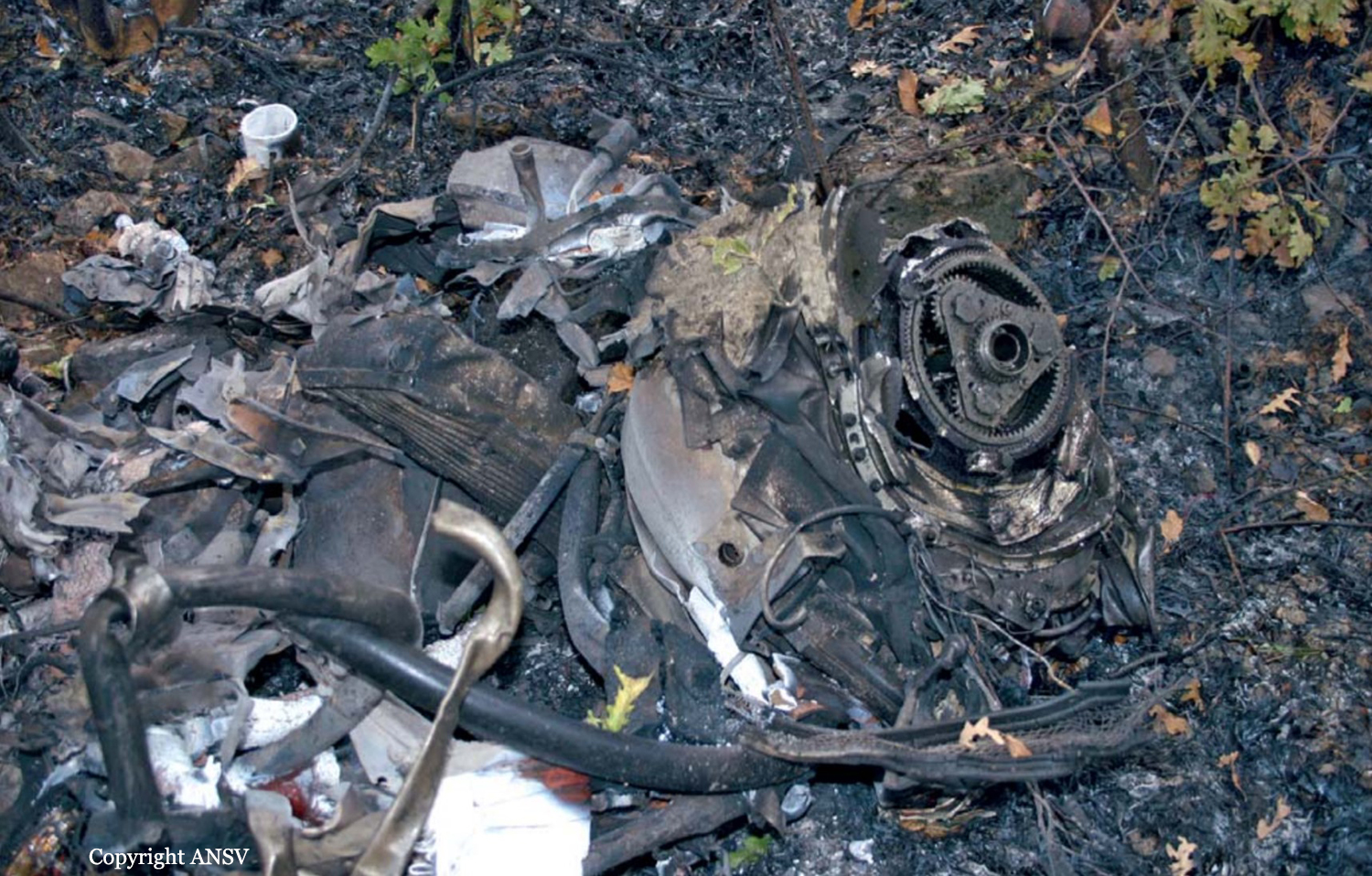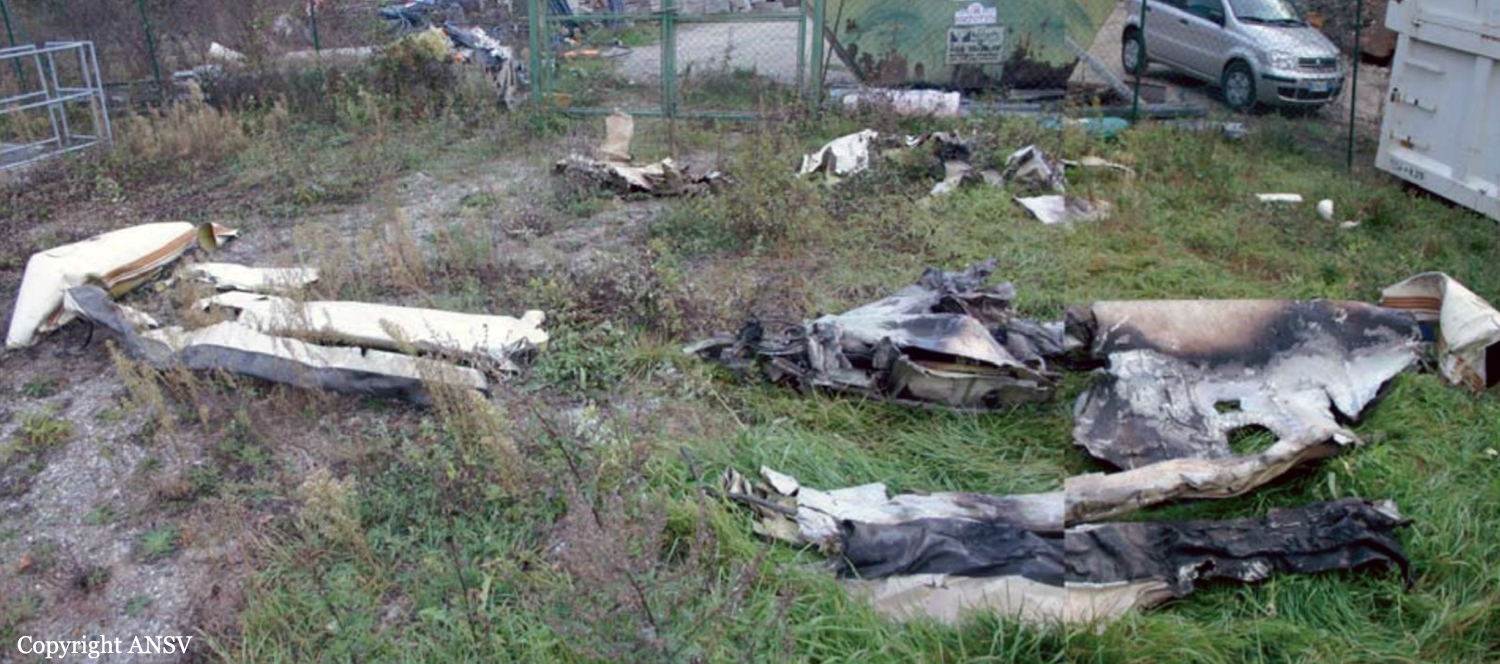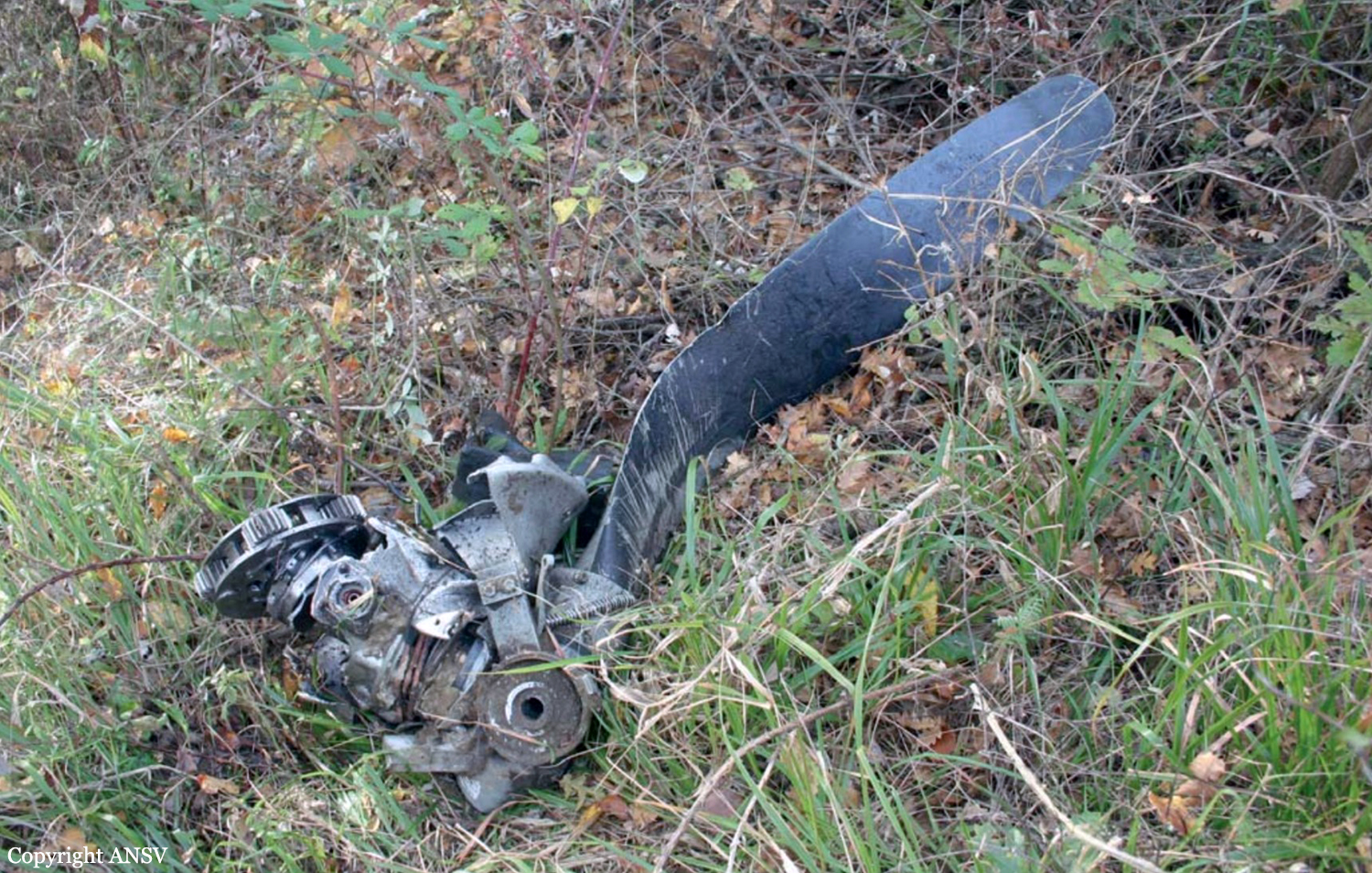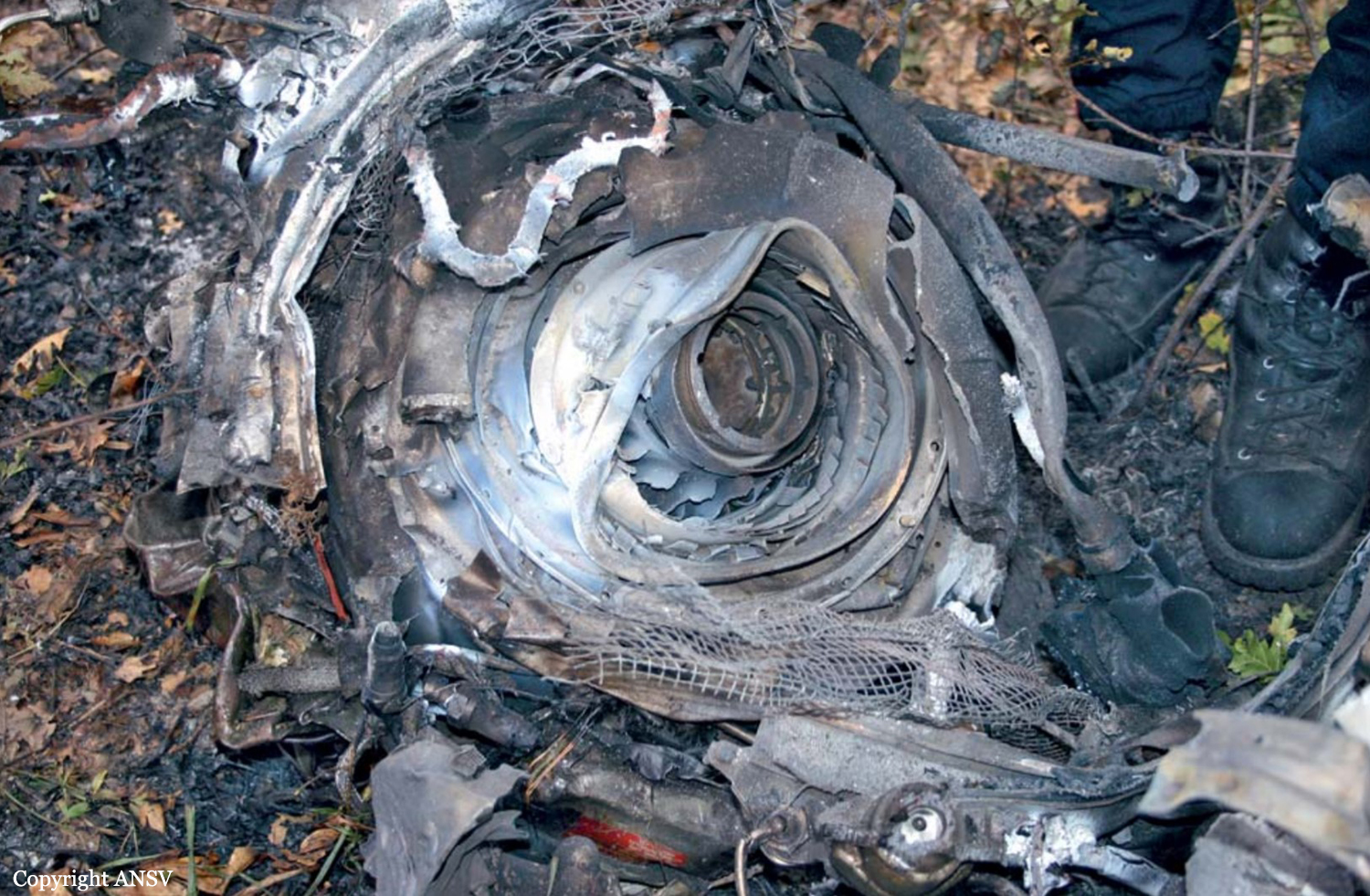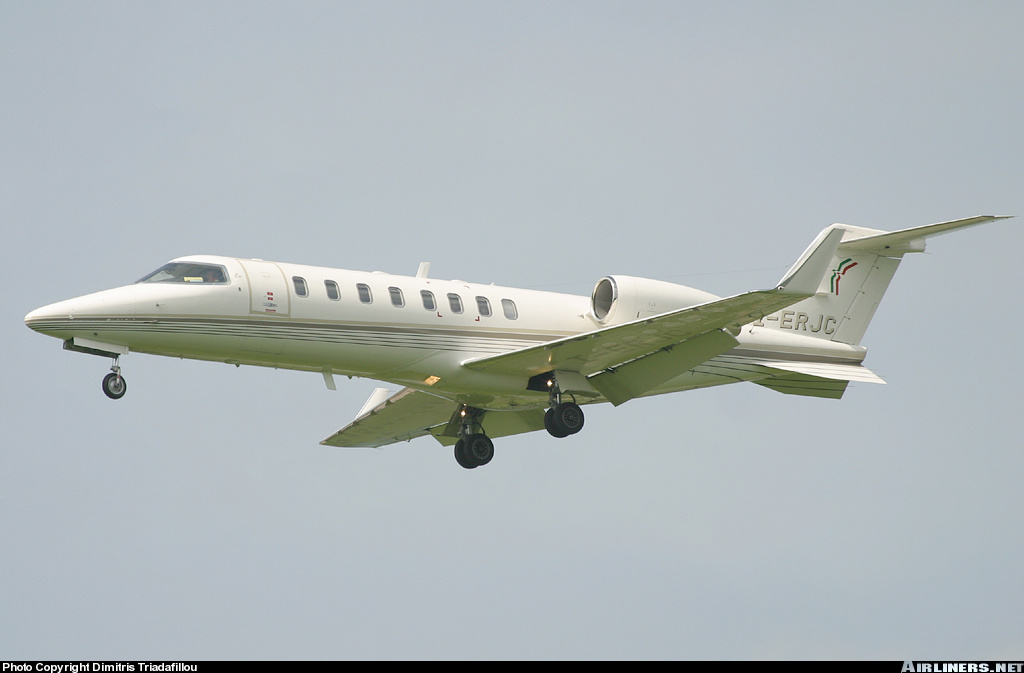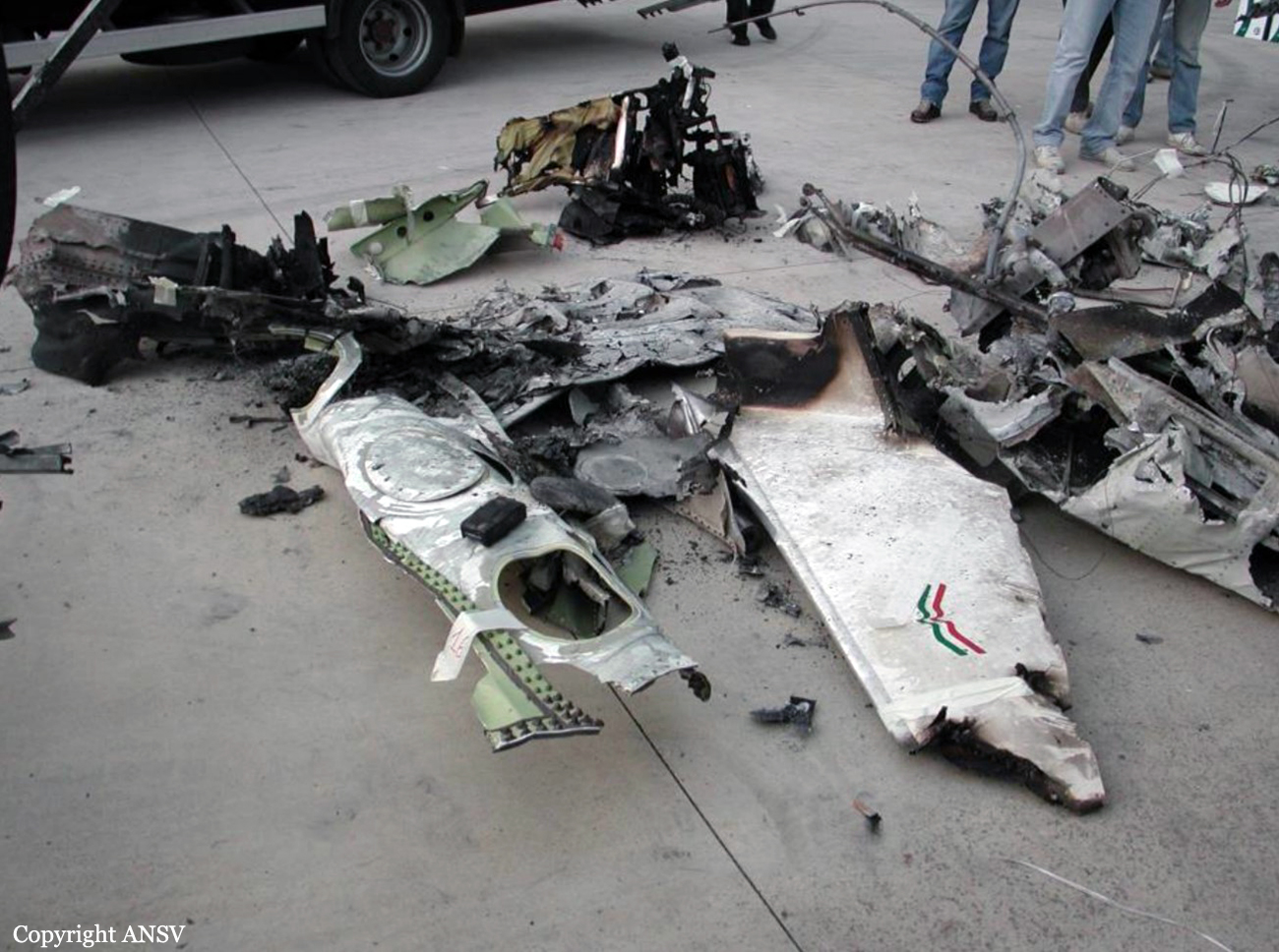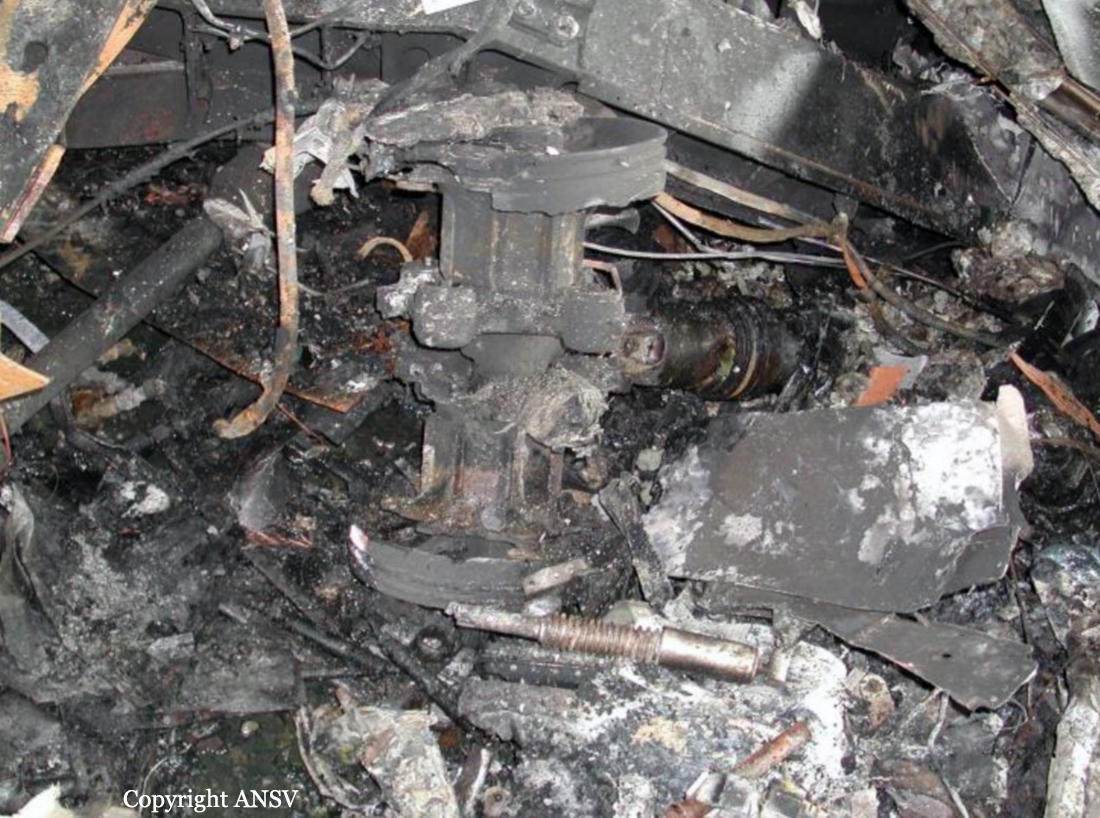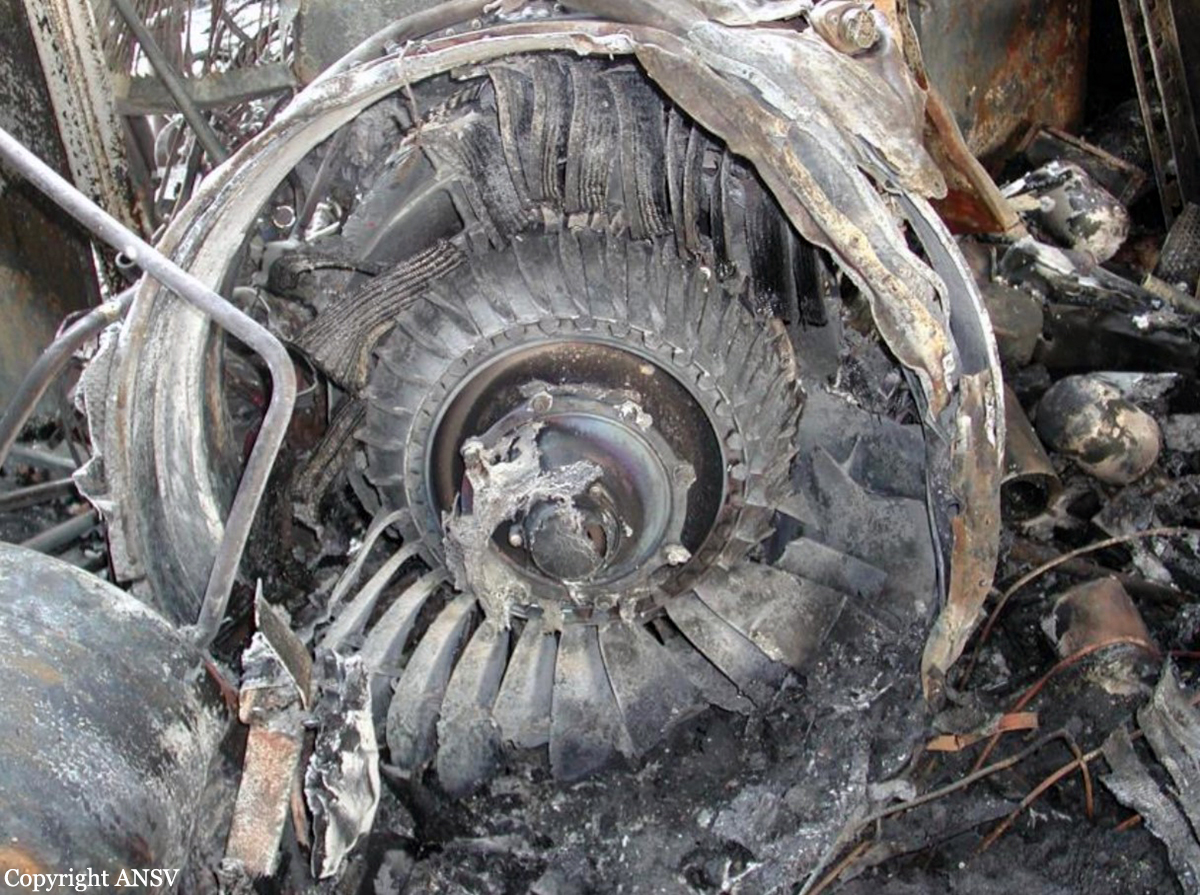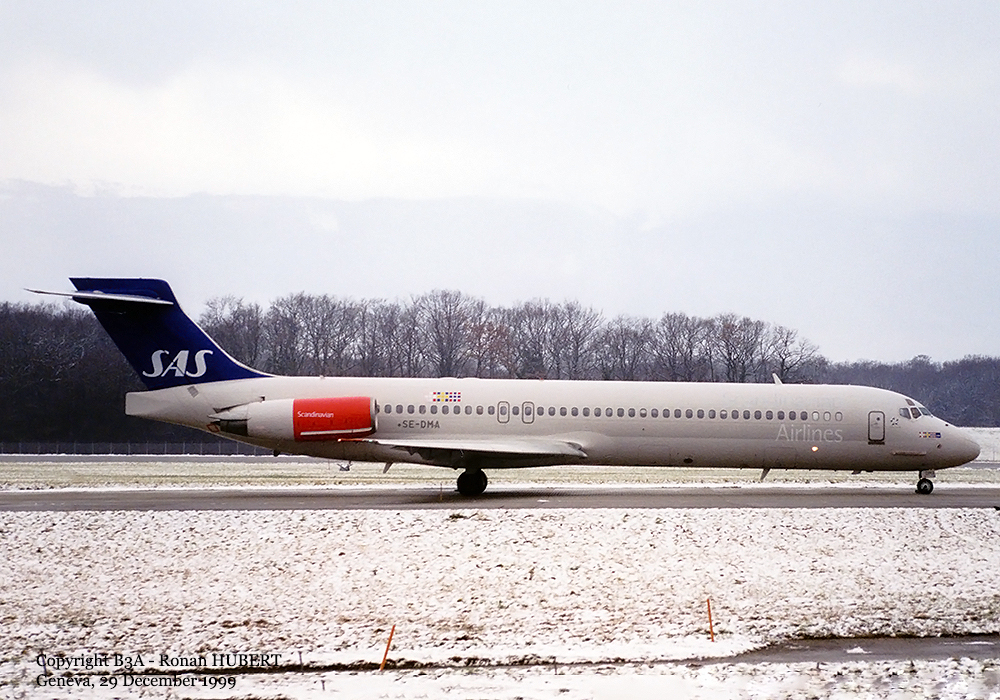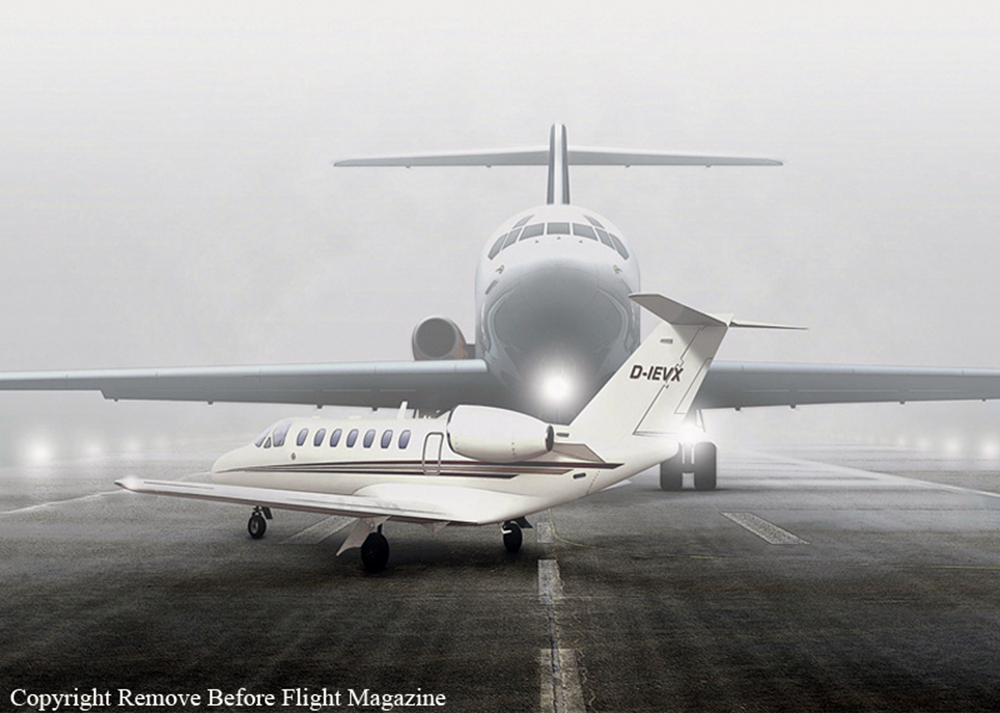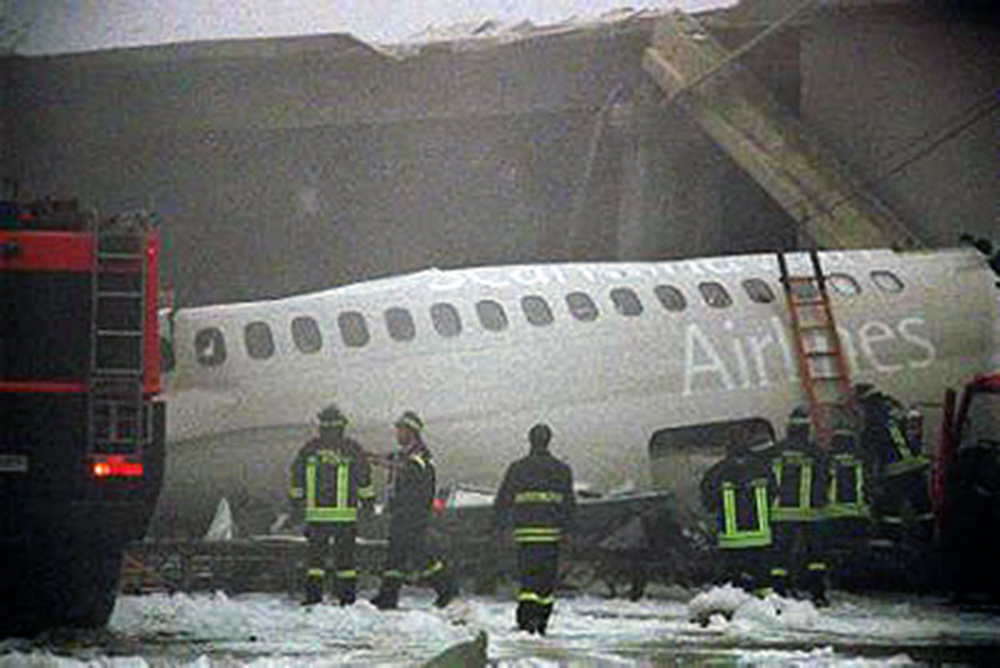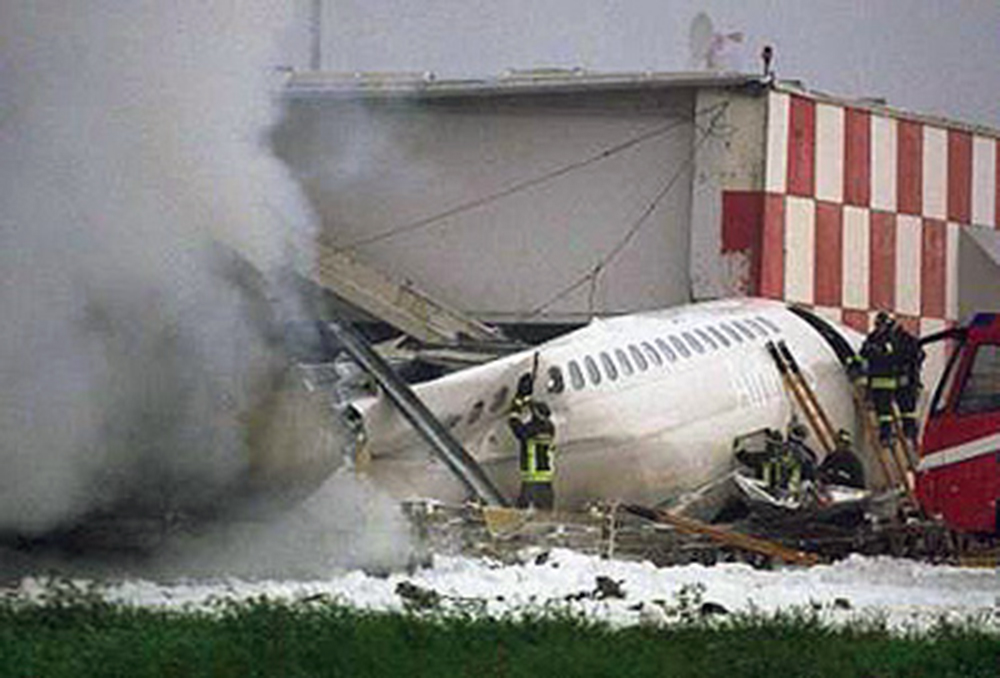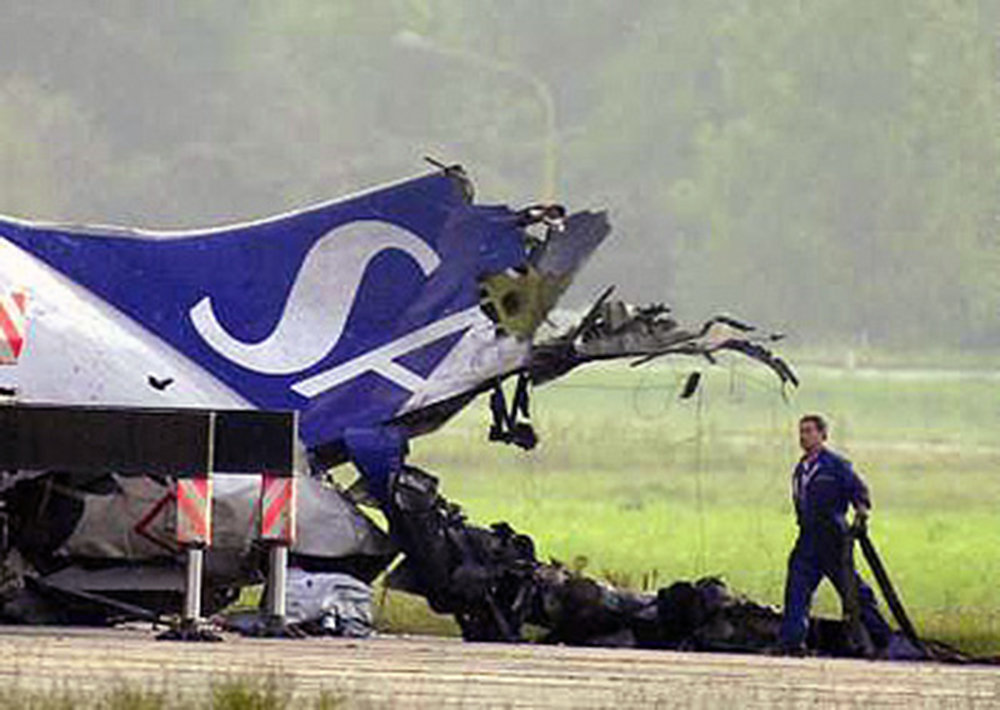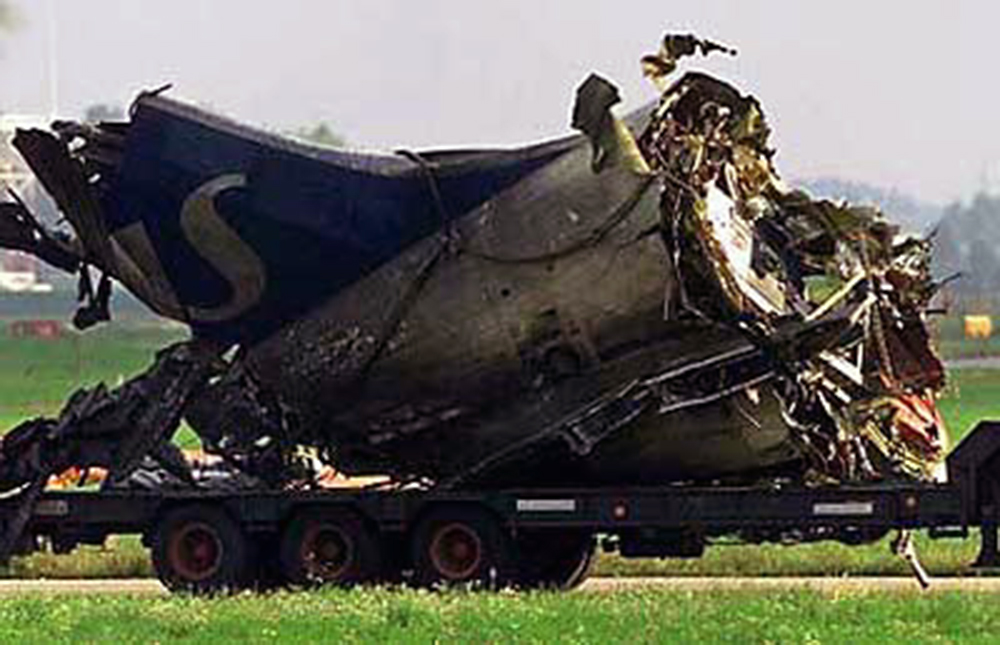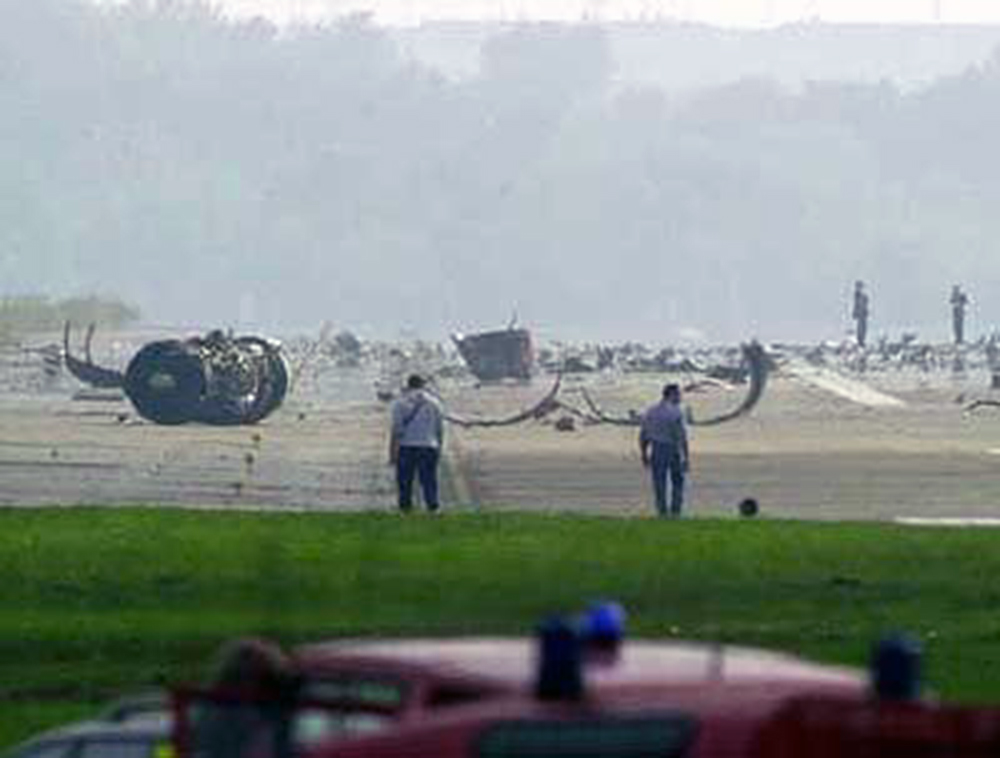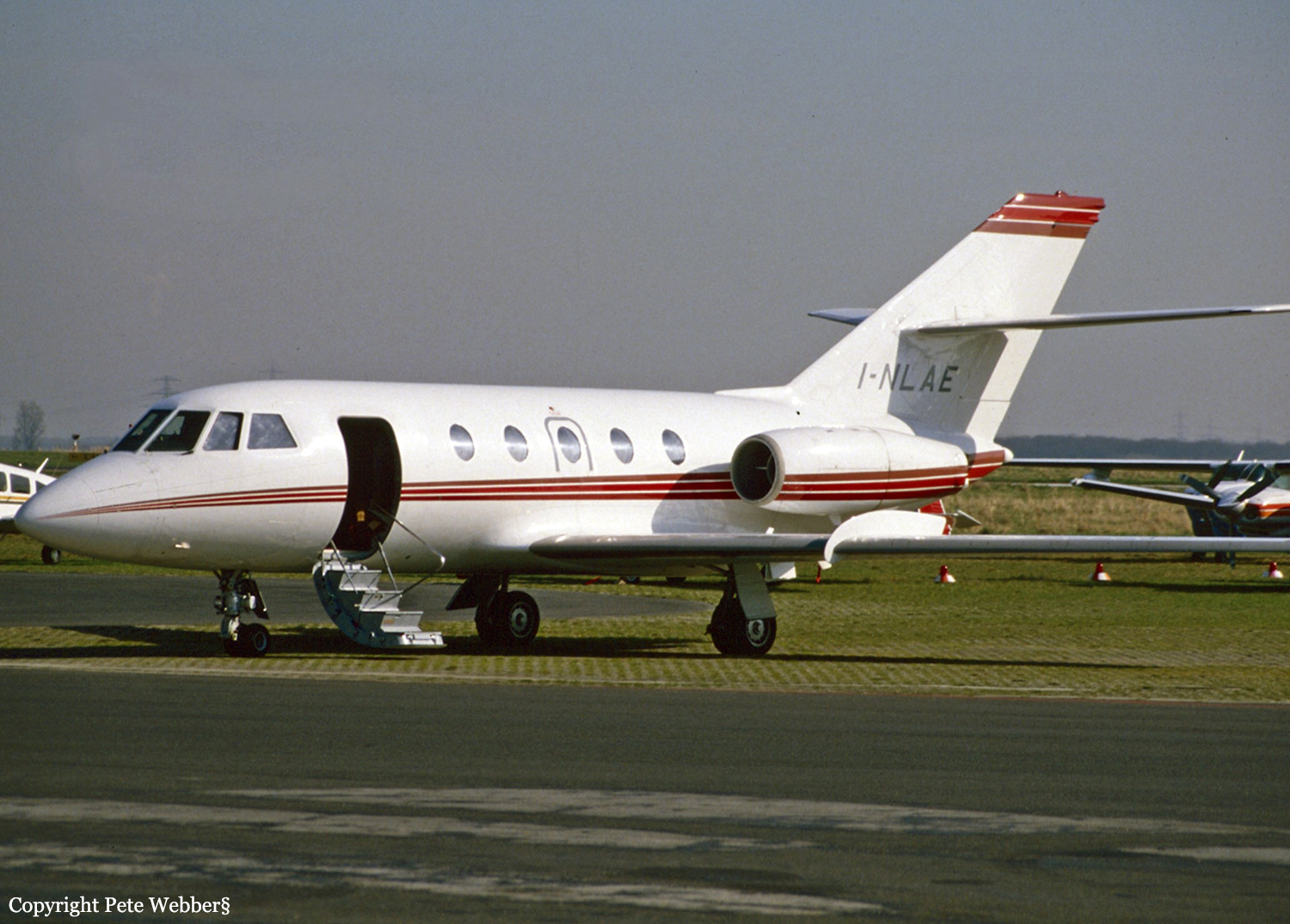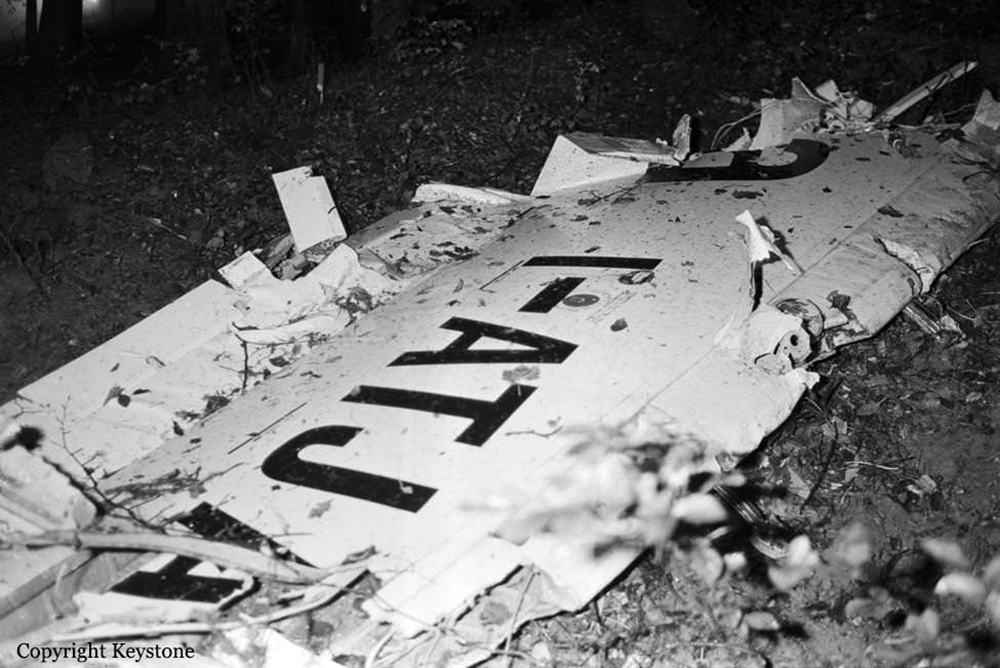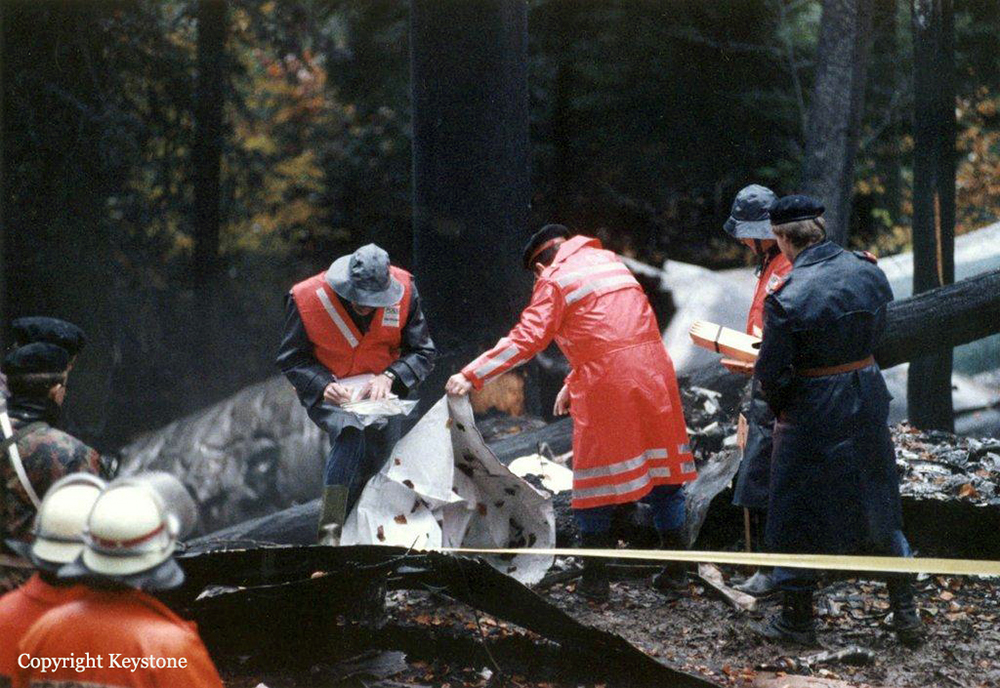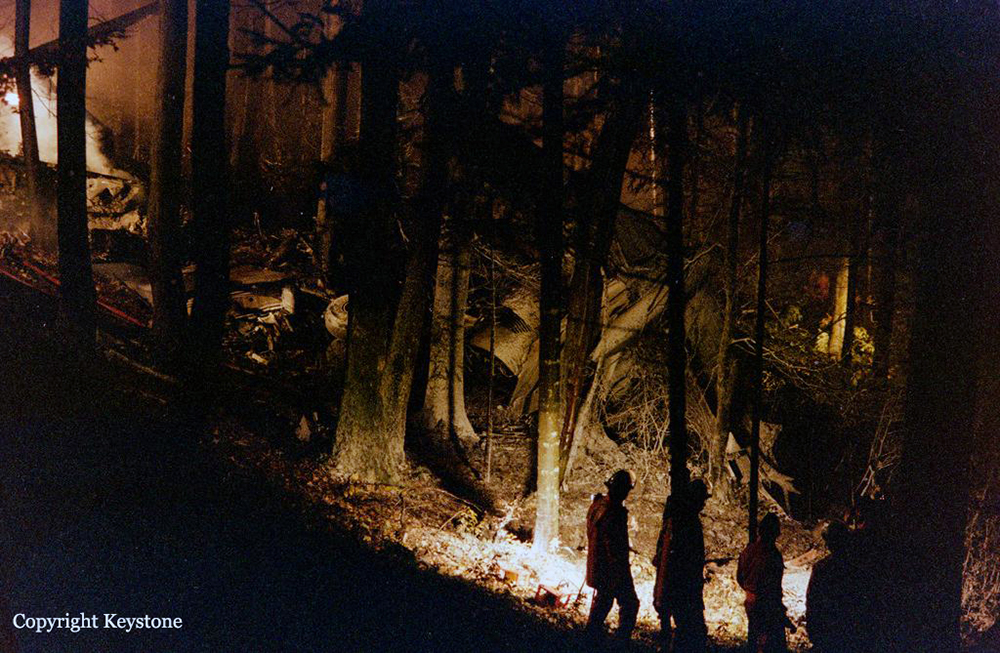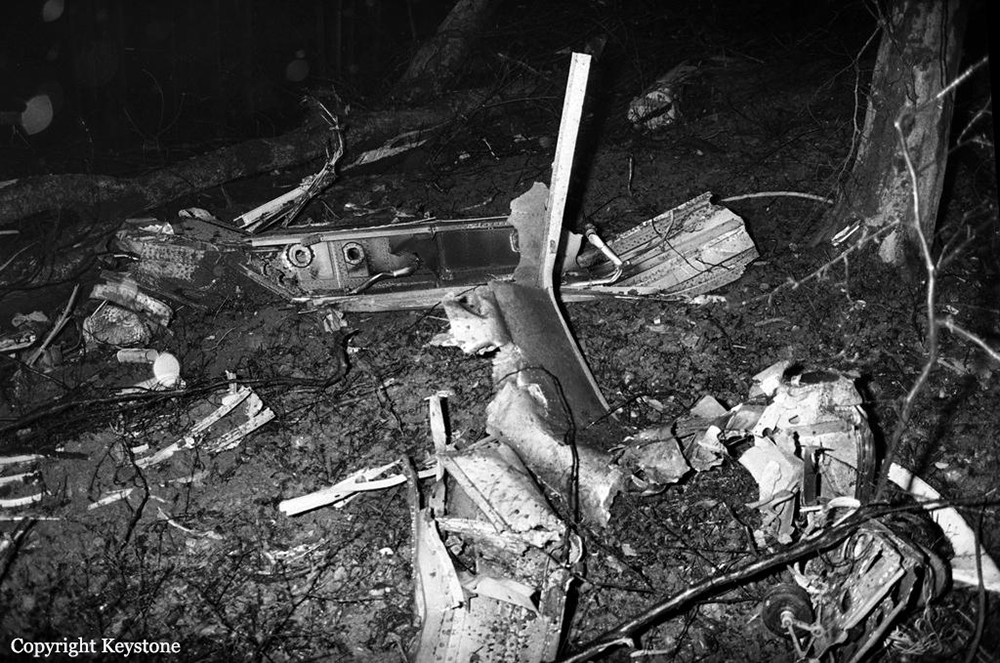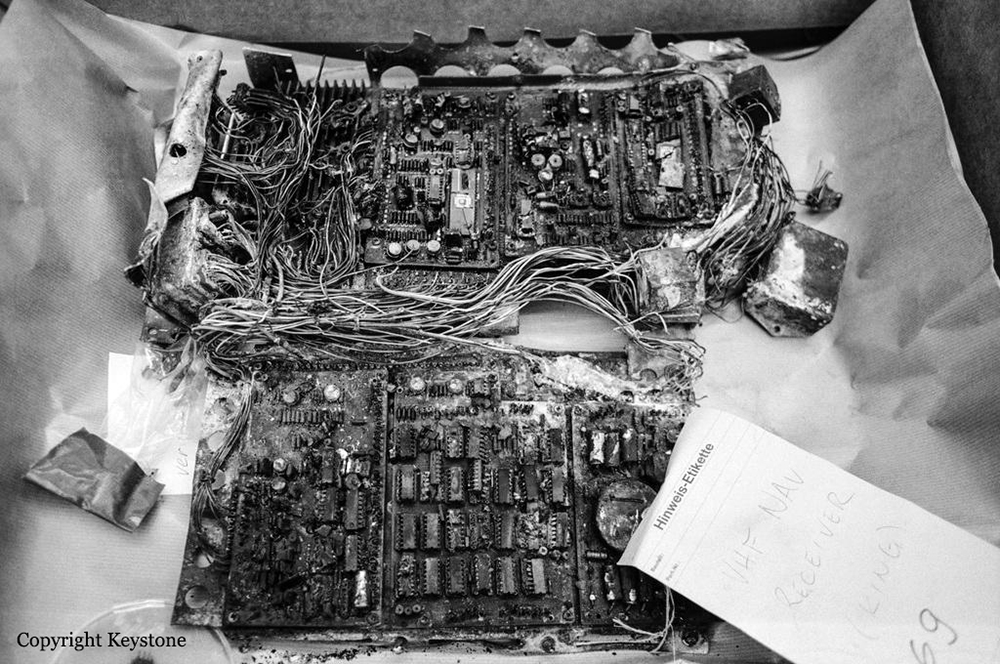Crash of a Pilatus PC-12/47E in Milan: 8 killed
Date & Time:
Oct 3, 2021 at 1307 LT
Registration:
YR-PDV
Survivors:
No
Schedule:
Milan - Olbia
MSN:
1532
YOM:
2015
Crew on board:
1
Crew fatalities:
Pax on board:
7
Pax fatalities:
Other fatalities:
Total fatalities:
8
Captain / Total hours on type:
400.00
Aircraft flight hours:
504
Circumstances:
The single engine aircraft departed Milan-Linate Airport runway 36 at 1304LT, bound to Olbia with 8 people on board, seven passengers and one pilot. Ten seconds after takeoff, the pilot engaged the autopilot and the LNAV mode but both were disengaged about 1 minute and 40 seconds later. Instead of following the Standard Instrument Departure heading 130 after takeoff, the aircraft continued to turn to the west. Milano Area Control Center instructed the pilot to turn left heading 120 but instead, the aircraft turned right again then the altitude was stabilized. At an altitude of 5,300 feet, the aircraft entered an uncontrolled descent and crashed in a vertical attitude on an industrial building under construction and located about 1,8 km southwest of the runway 36 threshold. The aircraft disintegrated on impact and all 8 occupants were killed, among them the Romania businessman Dan Petrescu. The building suffered severe damages as well as few vehicles in the street. There were no injuries on the ground.
Probable cause:
The limitations imposed by the considerable level of destruction of the aircraft and the absence of data recorded by the LDR referable to the accident, did not allow to identify, with incontrovertible certainty, the cause of the event.
For the above reasons, it has not been possible to categorically exclude the occurrence of a failure that may have compromised the controlability of the aircraft; however, such hypothesis, on the basis of the evidence acquired, appears to be the least probable.
The cause of the event is reasonably attributable to the pilot's loss of control of the aircraft, which occurred during the execution of a SID in daytime IMC conditions, with the aircraft manually piloted.
It can be assumed that at the origin of the loss of control, there may have been a saturation of the pilot's cognitive processes, with consequent channeling of attention to the navigation system, which would have likely diverted the pilot's attention from the basic and manual conduct of the aircraft.
It cannot be excluded that a non-catastrophic technical issue may have contributed to this task saturation.
It is believed that a recurring lack of training may have contributed to the failure to control the aircraft, as well as an inadequate handling of a possible non-catastrophic technical failure
Due to the lack of flight data it was not possible to determine if the disengagement was voluntary by the pilot or caused by a failure.
For the above reasons, it has not been possible to categorically exclude the occurrence of a failure that may have compromised the controlability of the aircraft; however, such hypothesis, on the basis of the evidence acquired, appears to be the least probable.
The cause of the event is reasonably attributable to the pilot's loss of control of the aircraft, which occurred during the execution of a SID in daytime IMC conditions, with the aircraft manually piloted.
It can be assumed that at the origin of the loss of control, there may have been a saturation of the pilot's cognitive processes, with consequent channeling of attention to the navigation system, which would have likely diverted the pilot's attention from the basic and manual conduct of the aircraft.
It cannot be excluded that a non-catastrophic technical issue may have contributed to this task saturation.
It is believed that a recurring lack of training may have contributed to the failure to control the aircraft, as well as an inadequate handling of a possible non-catastrophic technical failure
Due to the lack of flight data it was not possible to determine if the disengagement was voluntary by the pilot or caused by a failure.
Final Report:
